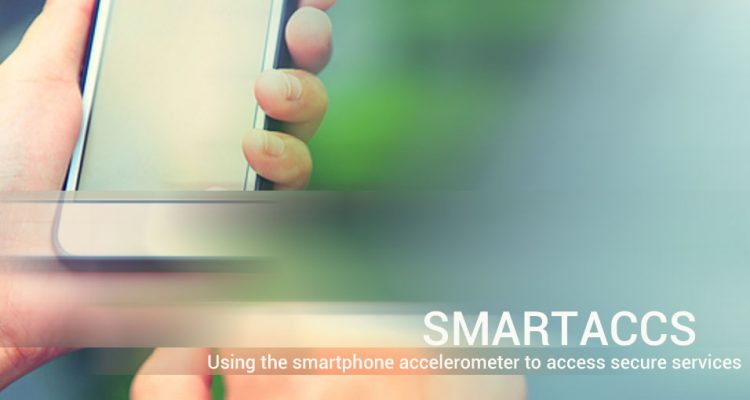Insights
The SMARTACCS project proposes the definition of an online authentication system that is simple, secure and with reduced user interaction. Authentication is undoubtedly one of the crucial aspects of cyber-security, therefore in this project we want to propose a new method of access and secure authentication to online services that favors usability and continuous authentication. The authentication phase for access to a secure service, such as for example home banking, is based on the “what you know, what you have, what you are” paradigm.
This means that the user is able to authenticate if he provides information that he “knows”, such as a PIN or password, or “owns something”, for example a keycode generator or an ATM card, or even provides his “biometric data” such as fingerprints digital or facial features. The presence and composition of these systems ensures different levels of security. The project is part of this paradigm, paying attention to the “what you have” requirement, proposing a simple solution that involves the use of a device that everyone already has and always carries with him: the smartphone. In fact, the unique identification of a smartphone could be an excellent solution to strengthen, in a transparent manner to the user, the classic authentication procedure (username-password) to on-line services on the move, as well as to guarantee continuous authentication necessary for long or delicate access operations. Authentication thus becomes a process and no longer, as it has been the case up until now, an event. In particular, the realized system, to allow the specific recognition of the user in transparent mode, will exploit the distinctive intrinsic characteristics of one of the many sensors present inside the smartphone: the accelerometer sensor.
